| Title | Isotopic versus micrometeorologic ocean CO$_2$ fluxes: A serious conflict |
| Publication Type | Journal Article |
| Year of Publication | 1986 |
| Authors | Broecker, WS, Ledwell, JR, Takahashi, T, Weiss, R, Merlivat, L, Memery, L, Jähne, B, Münnich, KO |
| Journal | J. Geophys. Res. |
| Volume | 91 |
| Pagination | 10517--10528 |
| Abstract | Eddy correlation measurements over the ocean give CO2 fluxes an order of magnitude or more larger than expected from mass balance measurements using radiocarbon and radon 222. In particular, Smith and Jones (1985) reported large upward and downward fluxes in a surf zone at supersaturations of 15% and attributed them to the equilibration of bubbles at elevated pressures. They argue that even on the open ocean such bubble injection may create steady state CO2 supersaturations and that inferences of fluxes based on air-sea pCO2 differences and radon exchange velocities must be made with caution. We defend the global average CO2 exchange rate determined by three independent radioisotopic means: prebomb radiocarbon inventories; global surveys of mixed layer radon deficits; and oceanic uptake of bomb-produced radiocarbon. We argue that laboratory and lake data do not lead one to expect fluxes as large as reported from the eddy correlation technique; that the radon method of determining exchange velocities is indeed useful for estimating CO2 fluxes; that supersaturations of CO2 due to bubble injection on the open ocean are negligible; that the hypothesis that Smith and Jones advance cannot account for the fluxes that they report; and that the pC02 values reported by Smith and Jones are likely to be systematically much too high. The CO2 fluxes for the ocean measured to date by the micrometeorological method can be reconciled with neither the observed concentrations of radioisotopes of radon and carbon in the oceans nor the tracer experiments carried out in lakes and in wind/wave tunnels. |
| DOI | 10.1029/JC091iC09p10517 |
| Citation Key | broecker1986 |


